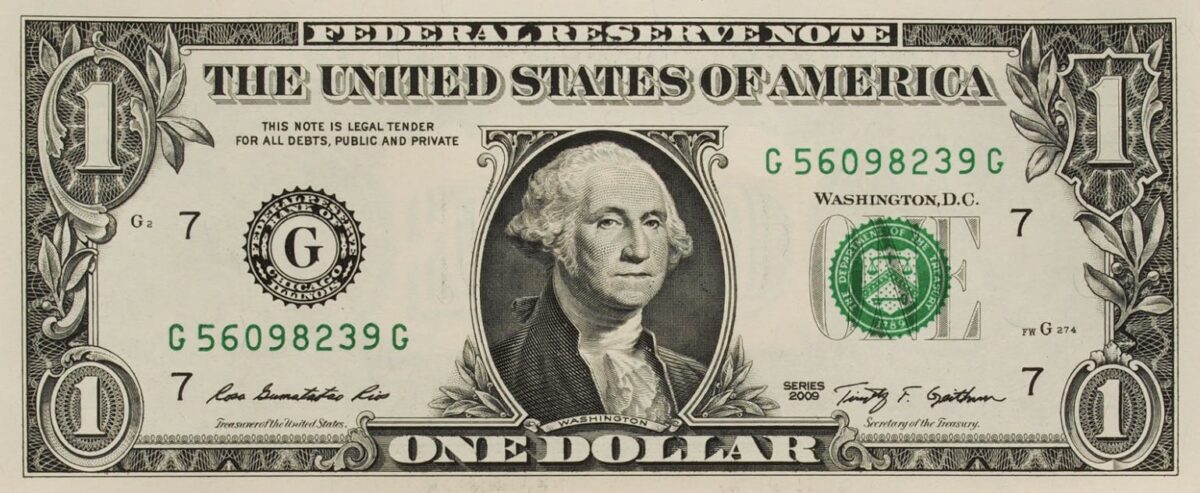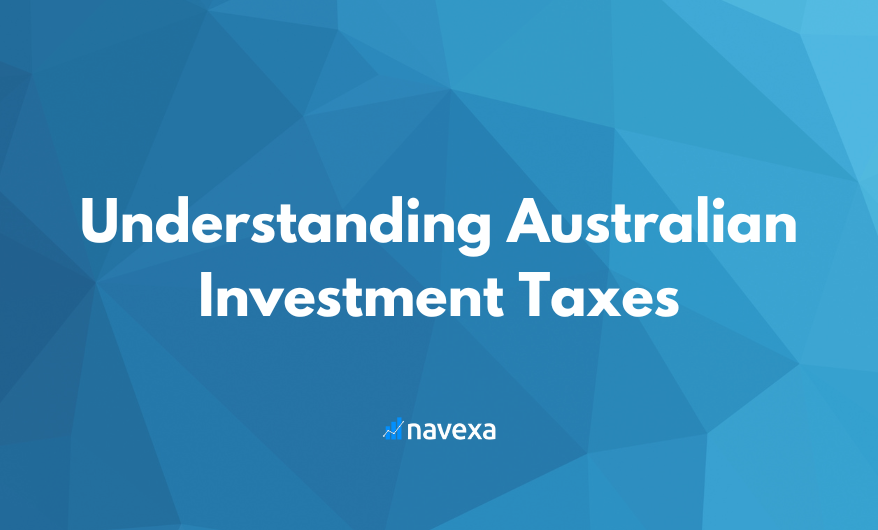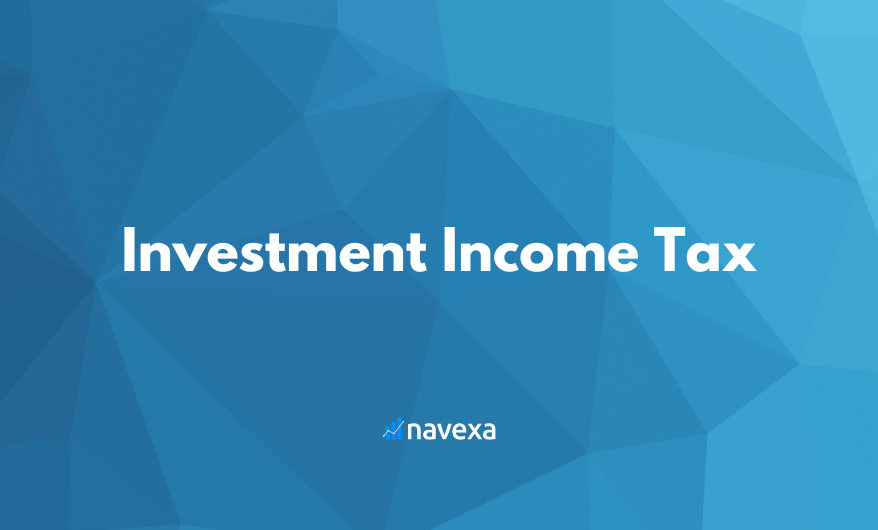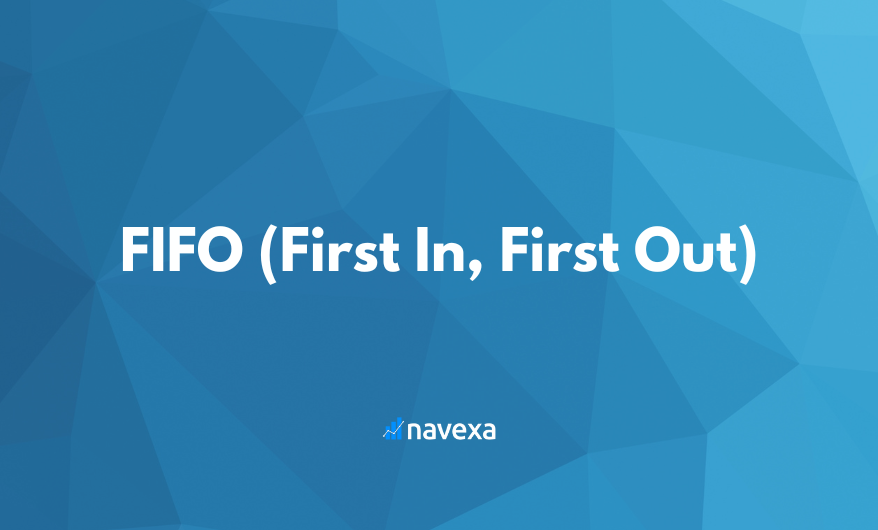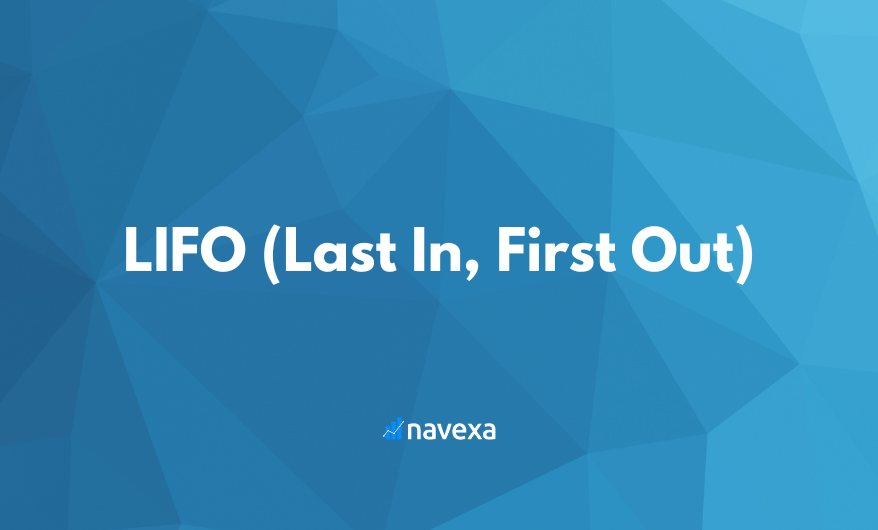June 24, 2024
One currency to rule them all…
Dear Reader,
The drachma, the ducat, the denarii.
Such words might befit characters or kingdoms in Game of Thrones or Lord of The Rings.
But fictional monikers they are not.
You’d be forgiven for not knowing what these things really are; past reserve currencies of the world.
As we’ve covered, humans are prone to short-term thinking — in both directions.
We don’t think far into the past or future.
Our sense of the financial world is very much prone to such short-term thinking.
Most of us wouldn’t have a problem naming the world’s reserve currency — the US dollar.
But what about the previous reserve currency? And the one before that?
This edition of The Benchmark takes you back further than the recent past, revealing the three currencies that ran the world before the US dollar…
And speculating about what might replace the reserve currency we take for granted in the current economic status quo.
Reserve status: Safe, strong, stable
Let’s start with a reserve currency’s general definition:
A reserve currency is a foreign currency, held in large amounts by central banks and monetary authorities.
It can be used for international transactions and investments.
It’s often considered a ‘safe haven’.
Historically, reserve currencies have shared several key characteristics that secured their status, among them:
Strength and stability: A reserve currency typically originates from a nation with a robust and influential economy.
Power: Stable and reliable political institutions are crucial, as they ensure continuity and predictability in economic policies and governance.
Historically, the issuing country often possessed significant military strength, which helped protect its economic interests.
Trade: The nation behind a reserve currency usually has extensive and well-established trade networks.
This facilitates widespread use of the currency in international trade and finance.
Confidence: Institutions like central banks and stable legal frameworks help build trust in the currency’s stability and reliability.
Acceptance: The currency must be widely accepted and used in international transactions and held by governments and institutions as part of their foreign exchange reserves.
US dollar dominance: 1944-?
Right now, the US dollar fits these criteria.
The US is the largest economy on the planet in terms of nominal GDP.
Its political and military influence both have massive international influence.
Its trading networks are extensive.
Its central banks virtually determine global monetary policy.
And despite challengers rising to threaten its acceptance, generally speaking, the US dollar goes a long way in most places on earth.
Our current global reserve currency ascended to its dominant position at the tail end of the World War II with the Bretton Woods Agreement — which created a system in which the 44 signing nation states agreed to guarantee convertibility to the US dollar.
In other words, the allied nations prepared for a post-war world in which they’d do business in dollars.
Eighty years hence, the US dollar remains the global reserve currency.
But what about before that?
1800s to 1900s: British Pound Sterling (GBP)
The British Pound Sterling rose to prominence as the world’s primary reserve currency during the 19th and early 20th centuries.
This period coincided — no surprises — with the height of the British Empire, which spanned continents and facilitated extensive global trade.
The industrial revolution, which began in Britain, further solidified its economic dominance. London was the world’s financial hub, with the City of London the heart of finance and trade.
The Pound was directly linked to a specific amount of gold, which provided stability and confidence in the currency.
Two World Wars and their subsequent economic strain significantly weakened the British economy, setting up the Bretton Woods system outlined above.
1700s to 1800s: French Franc (FRF)
The French Franc was a prominent reserve currency during the 18th and early 19th centuries, particularly under Louis XIV and Naploleon. France’s significant influence in European politics, military power, and economic strength during this period underpinned the Franc’s status.
Like the Pound, the Franc drew much of its power from international trade and finance facilitated by France’s extensive colonial empire, which spanned Africa, the Americas, and Asia.
Under Louis XIV, France pursued policies of economic centralization and standardization, including issuing a stable currency, which helped bolster the Franc’s credibility.
Napoleon established the Banque de France in 1800. This further strengthened the country’s financial system and the Franc’s international standing.
The Napoleonic Code, which reformed legal systems across Europe, also promoted the use of the Franc in international dealings.
The French Revolution and the Napoleonic Wars caused economic instability and significant fluctuations in the value of the Franc, which managed to remain a key currency in Europe until the rise of the British Empire in the mid-19th century.
1600s to 1700s: Dutch Guilder (NLG)
The Dutch Guilder was a dominant reserve currency during the 17th and 18th centuries. This period was the Dutch Golden Age.
The Netherlands, particularly through the influence of the Dutch East India Company, emerged as a leading global trading and financial power.
The Bank of Amsterdam, established in 1609, was one of the first central banks and played a crucial role in stabilizing and promoting the use of the Guilder for international trade.
The Guilder’s prominence was closely tied to the Netherlands’ strategic maritime position and its control over critical trade routes. Dutch merchants and bankers established extensive networks that spanned from the Americas to Asia, where the Guilder grew to be widely accepted.
The Dutch’s innovative financial practices, including modern banking, stock exchanges, and insurance, further strengthened the Gilder as reserve currency, with Amsterdam the centre of the financial world.
What weakened it? You can probably guess:
The Dutch started fighting wars against the English and the French. The Dutch Golden Age reached its end, and the guilder lost its reserve status as the French, then the English, took their turns at the centre of the financial world.
As you can see…
No reserve currency has ever retained its status
What’s a common theme in the three previous reserve currency mini-histories above?
War is not good for maintaining stability and influence.
Nor is political upheaval.
While the past isn’t necessarily a guide to the future, it’s true that those who forget the past are, probably, doomed to repeat it.
Which begs the question: When the US dollar does lose its place at the top of the world financial pecking order, what’s going to take its place?
Here are some of the main contenders:
The Euro (EUR): The Eurozone collectively represents one of the largest economies in the world. The EU has extensive trade relationships, advanced financial markets and institutions.
Chinese Yuan (Renminbi, CNY): China is the world’s second-largest economy and the largest trading nation. It has been actively promoting the international use of the Yuan. Reserve banks around the world are now increasingly including it in their reserves.
Cryptocurrencies (e.g., Bitcoin): Cryptocurrencies operate on decentralized networks, offering an alternative to traditional fiat currencies. They’re increasingly becoming used for global transactions and stores of value, and represent a potential paradigm shift away from fiat as a reserve currency in the future.
For now, though, the US dollar remains dominant.
It has the established trust, liquidity, and influence backing it up despite significant macroeconomic and geopolitical factors threatening its position.
Only one thing is certain: No reserve currency in history has ever maintained its dominance indefinitely — they have all failed and been replaced.
Maybe this time its different?
Love to know your thoughts — reply to this email with your take/predictions!
Quote of the week
‘The greatest remaining power that the United States has is the reserve currency, which gives us — I mean, you print the world’s money… And then simultaneously, it is at risk because we’re printing a lot of money. We’re creating a lot of debt. And so if you look at the cycles, that becomes an issue.‘
— Ray Dalio
That’s it for this week’s The Benchmark email.
Forward this to anyone you know who needs to read it.
And, if one of our awesome subscribers has forwarded it to you…
Subscribe here for weekly emails with ideas, stories and content about long-term, high-performance investing!
Invest in knowledge,
Thom
Editor, The Benchmark
Unsubscribe · Preferences
All information contained in The Benchmark and on navexa.io is for education and informational purposes only. It is not intended as a substitute for professional financial or tax advice. The Benchmark and any contributors to The Benchmark are not financial professionals, and are not aware of your personal financial circumstances.
